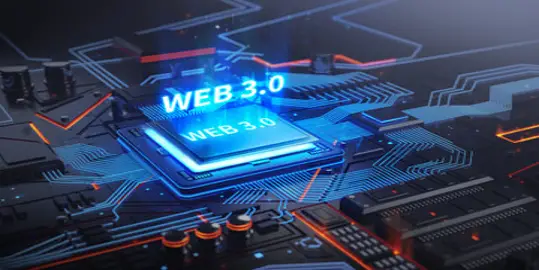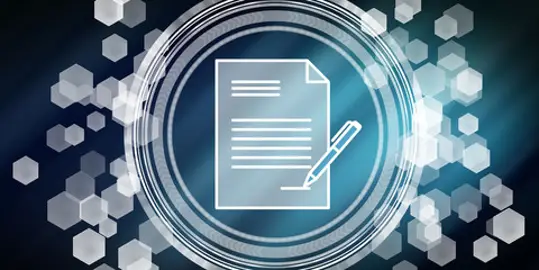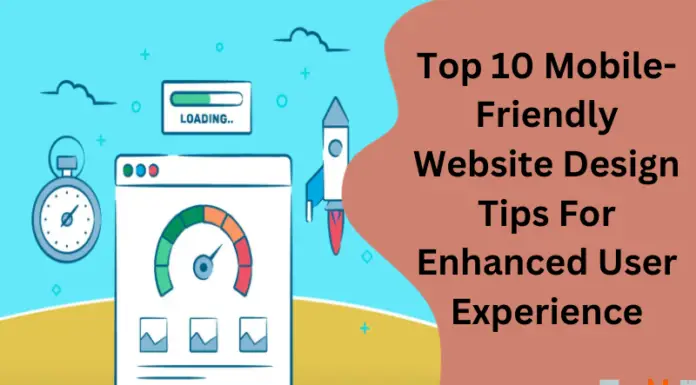What is the next big thing in the evolution of the World Wide Web? Any guesses. The first phase, Web 1.0, helped the users read the information on web pages. The next phase, Web 2.0, also known as Social Web-enabled the users to read, write and distribute content on websites and applications. Now comes Web 3.0 where the user can sell the data but does not lose ownership of the data with the help of smart technologies. As Web 3.0 is the next big thing, let us have a look at Web 3.0 terms that we should know:
1. Non-Fungible Tokens
Did you know a leading apparel retailer has launched NFTs for its hoodies? But first, what are NFTs, and why there is so much hype around them? Non-fungible tokens(NFTs) are a form of distributed ledger where the digital data including ownership of it is stored in a blockchain enabling the owner to sell and trade the token. These tokens can represent real-world assets, identities of the individual, and even property rights and allow the owner to establish a direct link with the customers rather than having intermediaries involved.

2. Semantic Web
Semantic Web means using machines to decrypt meaning and emotions by analysing the data. Semantic Web helps in the conversion of unstructured data to informational and structured data which enables the machines to carry out tasks that require human intervention thus providing a framework for sharing and re-using the data across the enterprise.

3. Metaverse
Is Metaverse the new future of the internet? Metaverse according to some is a virtual world where you can see, feel and immerse yourself despite it being miles away. Metaverse can include virtual reality where virtual worlds continue to exist even though you are not playing and augmented reality which brings together the digital and physical worlds.

4. Spatial Web And 3D Graphics
Spatial Web and 3D graphics are the next-gen evolution that will blur the boundary between digital content and physical objects. The era of Spatial Web and 3D Graphics is set to create new opportunities to improve efficiency, experiences, and interactions in ways that are now starting to unfold.

5. Blockchain
Blockchain works on distributed ledger technology that cannot be altered or mutated which builds transparency and trust, thus eliminating the need for duplicity and involvement of the third party. Blockchain finds its application in every part of the business from innovation in the gas industry to improve the resilience of supply chains and from improved health outcomes to seamless cross-border payments.

6. Smart Contract
A smart contract uses blockchain to automate and execute the agreement without any intermediary being involved. Smart contracts find their application in many ways like increasing supply chain transparency, improving supplier relationships, and building better trade opportunities. Smart Contracts improve transparency, build trust, and reduce risks and costs.

7. Initial Coin Offerings (ICO)
Ever thought about raising funds using crypto for your new business venture? Well, Initial Coin Offering or ICO presents this opportunity wherein capital is raised through buying and selling of cryptocurrencies. It is like an initial public offering in the stock exchange where cryptocurrency is used as a medium of exchange.

8. Decentralized Applications (DApp)
These are digital applications that operate inside a decentralized environment like blockchain or peer-to-peer networks and do not have a single authority. Decentralized applications protect user privacy, provide flexibility, and are not controlled by any single authority. DApps use smart contracts to carry out the transactions between the parties without the involvement of an intermediary.

9. Decentralised Autonomous Organisation (DAO)
Imagine collaboration with others around the world but you do not know each other and you get the freedom to set your own rules, along with making decisions independently through using blockchain? DAOs are making this happen. DAOs are often defined as open-source software where the rules are embedded into the code and are enforceable with the help of smart contracts.

10. Decentralized Finance (DeFi)
Decentralized Finance (DeFi) runs on a public blockchain and peer-to-peer networks which is not regulated by a central authority. With the help of DeFi, one can do most of the things that banks can do — earn interest, borrow funds, lend surplus, trade derivatives and assets, and more. So, how is it different from the regular banks? The difference is that it is faster and doesn’t require any paperwork or involvement of an intermediary.



















